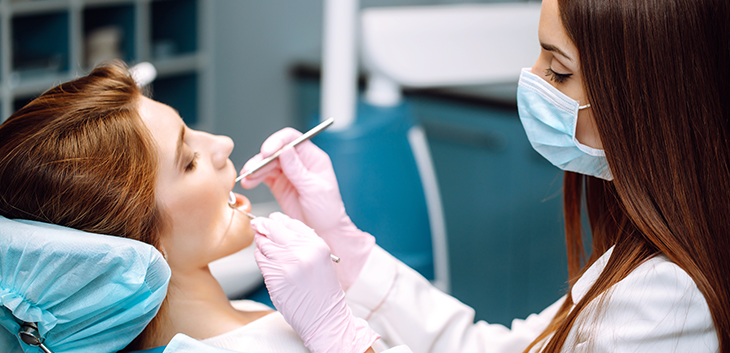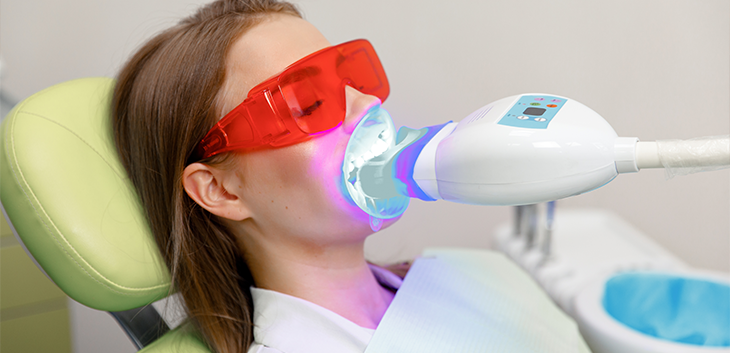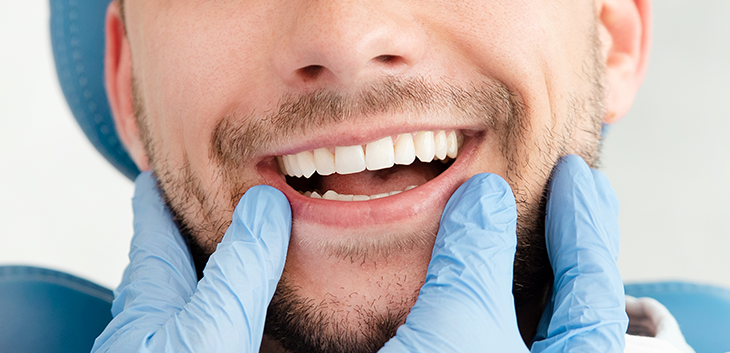How to Treat and Reverse Gingivitis: A Complete Guide
Gingivitis is a common and mild form of gum disease, but many people don’t realize they have it until symptoms worsen. If you’ve noticed red, swollen gums or bleeding while brushing, it’s crucial to act early to avoid more serious oral health problems. In this guide, we’ll explain how to treat gingivitis, how long recovery typically takes, and how to know if your treatment is working.
How Do You Fix Gingivitis?
Reversing gingivitis involves a combination of professional dental care and consistent at-home oral hygiene. Here’s how to get your gums back on track:
1. Professional Dental Cleaning
The first step is to schedule a dental cleaning. Your dentist or hygienist will perform scaling and root planing, which removes plaque and tartar from below the gum line. This deep cleaning helps smooth your tooth roots so your gums can reattach, halting inflammation and preventing further buildup.
2. Consistent Oral Hygiene at Home
Your daily habits play a critical role in reversing gingivitis. Be sure to:
- Brush twice a day using a soft-bristled toothbrush and fluoride toothpaste.
- Floss daily to remove plaque between teeth and below the gumline.
- Use an antiseptic mouthwash to reduce bacteria and support healing.
- Clean your tongue with a tongue scraper or toothbrush to reduce bacterial buildup.
3. Regular Dental Visits
Routine check-ups are key for monitoring progress. Your dentist may recommend follow-up cleanings or provide tips to improve your technique. Catching symptoms early can prevent future flare-ups.
4. Healthy Lifestyle Habits
Improving your general health supports your gum health:
- Eat a balanced diet rich in vitamins C and D, calcium, and antioxidants.
- Avoid tobacco products, which slow healing and increase your risk of gum disease.
- Manage chronic conditions like diabetes that can affect gum health.
- Stay hydrated to support saliva production, which helps cleanse your mouth naturally.
How Long Will It Take to Reverse Gingivitis?
Most mild to moderate cases of gingivitis can begin to improve within a few days, and full reversal typically takes 10 to 14 days—provided you maintain excellent oral hygiene. More severe cases may require longer treatment and additional care from your dentist.
How Do I Know If My Gingivitis Is Getting Better?
Here are signs that your treatment is working:
Reduced Redness and Swelling
Healthy gums are pink and firm. If your gums look and feel less inflamed, it’s a strong sign of healing.
Less Bleeding
Bleeding during brushing or flossing is one of the first symptoms to resolve. If bleeding decreases after a few days of consistent care, you’re on the right track.
Fresher Breath
Bad breath (halitosis) often improves as bacteria levels decrease and your gums heal.
Less Sensitivity or Discomfort
As inflammation fades, your gums should feel more comfortable, and eating or brushing will become less painful.
Firmer Gums
Improved gum firmness is a sign your gums are reattaching to your teeth and regaining strength.
Stable Gum Line
Mild gingivitis may cause temporary gum recession. Stabilization or improvement in the gum line suggests healing.
Reduced Plaque Buildup
Check for cleaner-looking teeth and less buildup along the gumline—proof your cleaning routine is working.
No Signs of Pus or Infection
If you had advanced gingivitis with pus, its disappearance is a sign the infection is under control.
Positive Feedback from Your Dentist
Professional monitoring is the most reliable way to measure progress. Your dentist will check gum pocket depths, inflammation, and other indicators of improvement.
Don’t Ignore the Signs—Take Action Today
Left untreated, gingivitis can progress to periodontitis, a more serious form of gum disease that can result in tooth loss and bone damage. If you’re experiencing symptoms, it’s important to act quickly.
Book your dental appointment today and let our experienced team help you restore your gum health. With the right care, you can reverse gingivitis and protect your smile for years to come.





